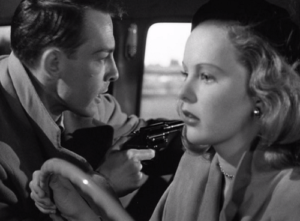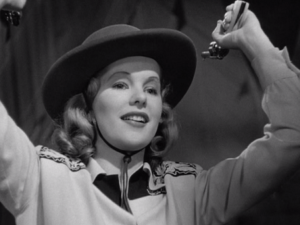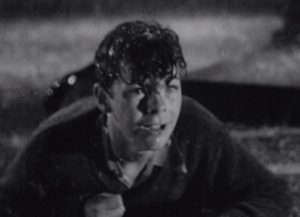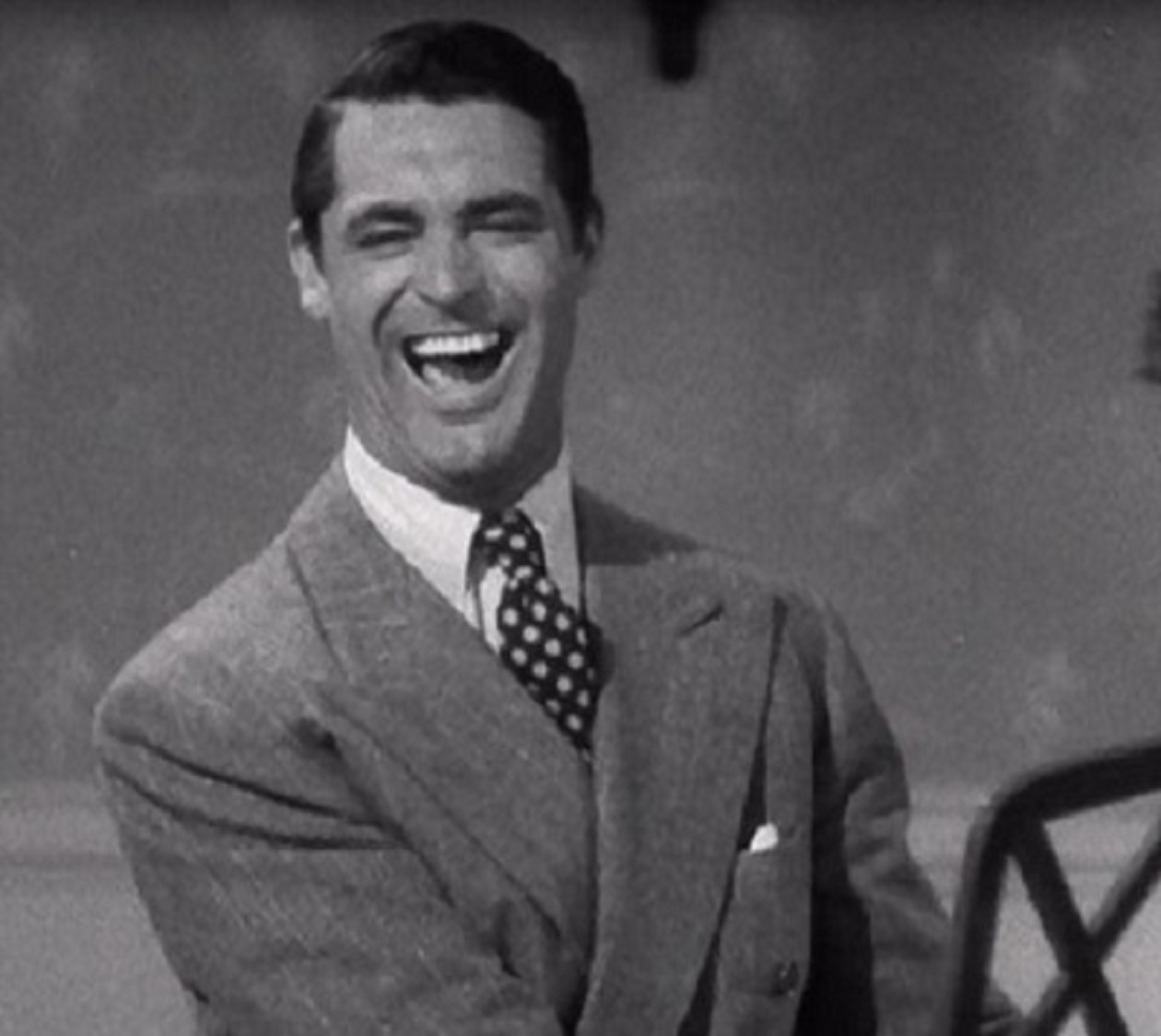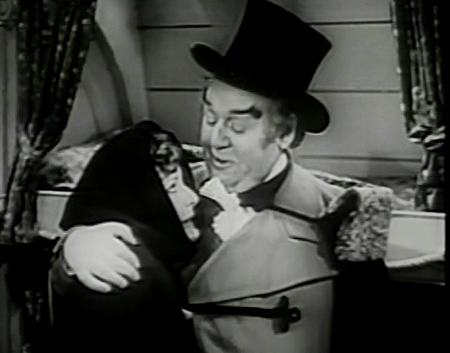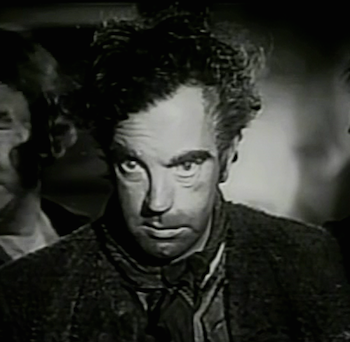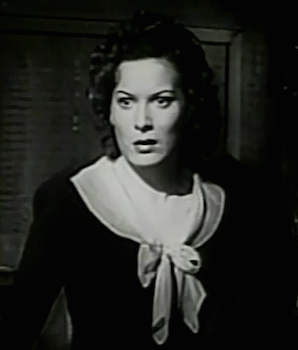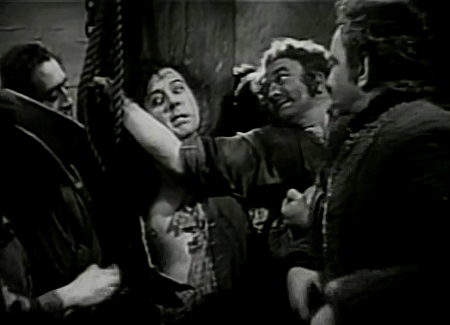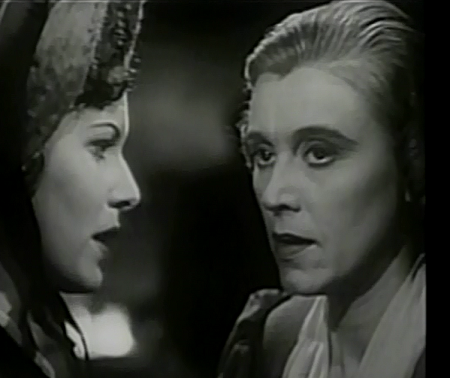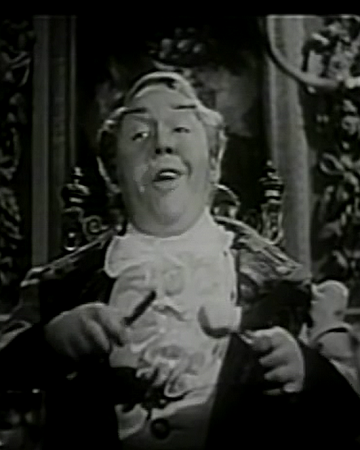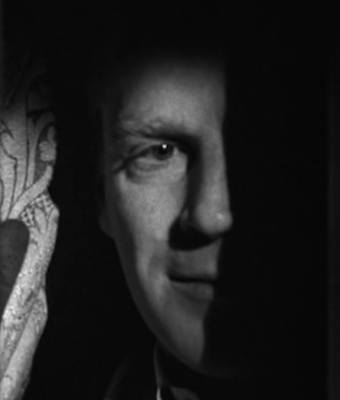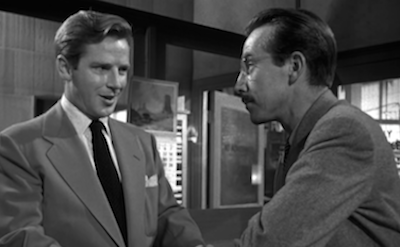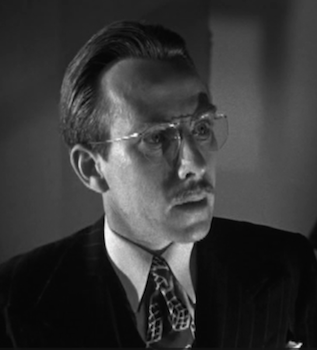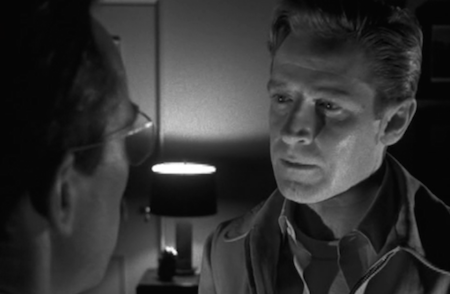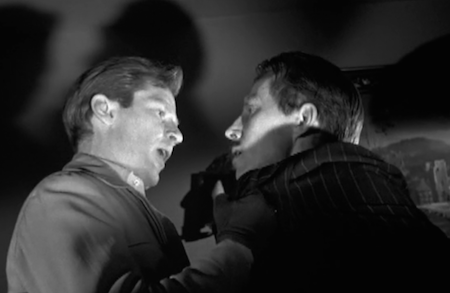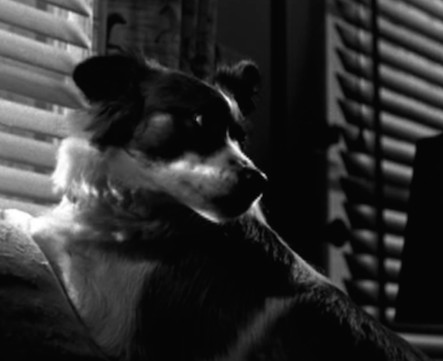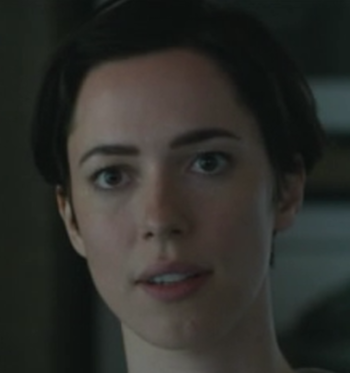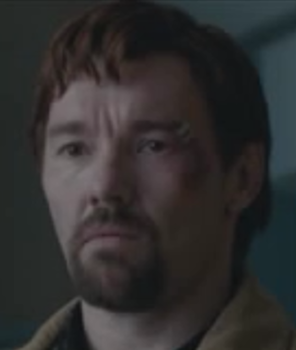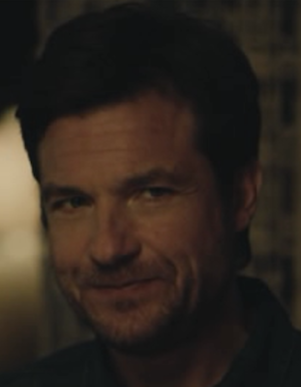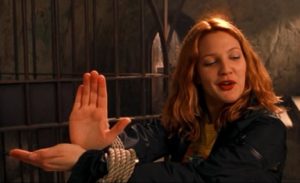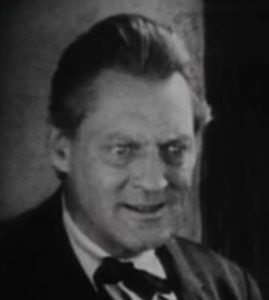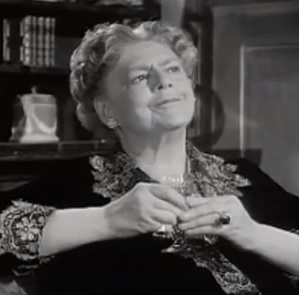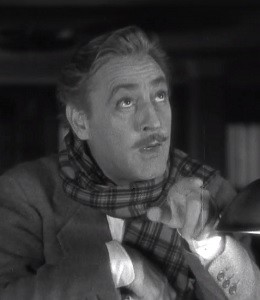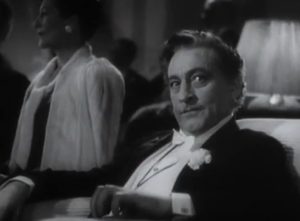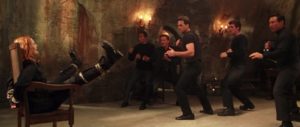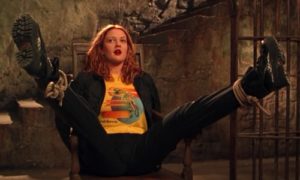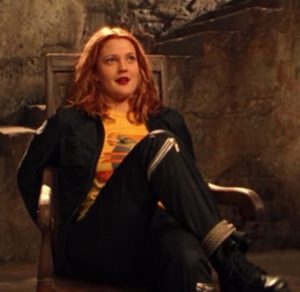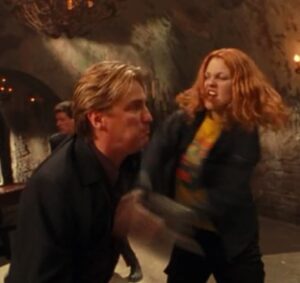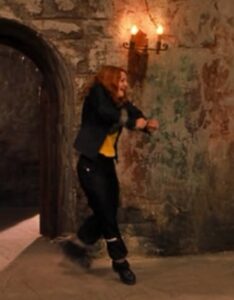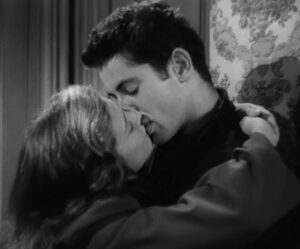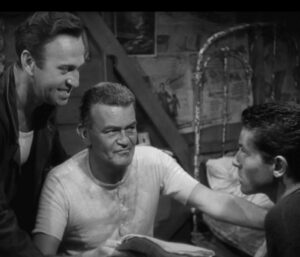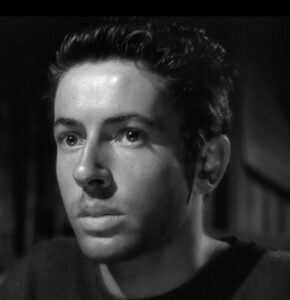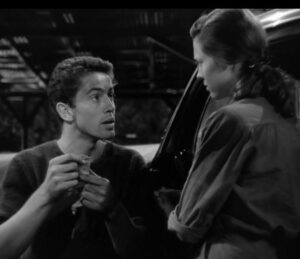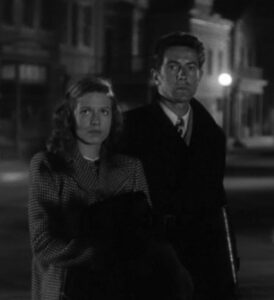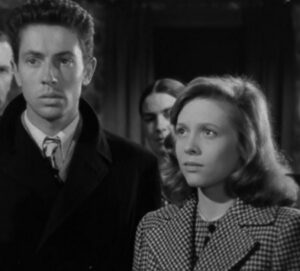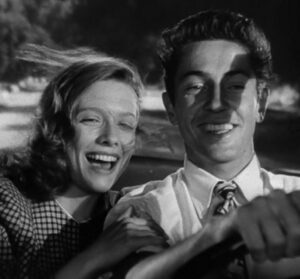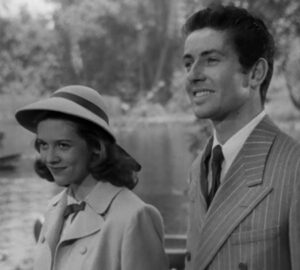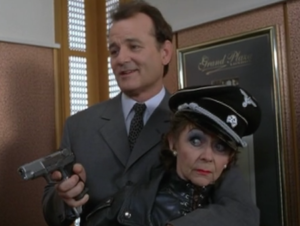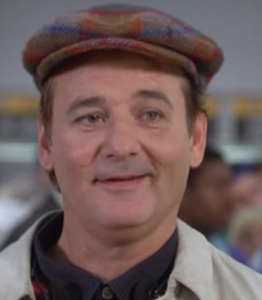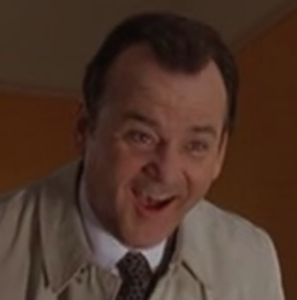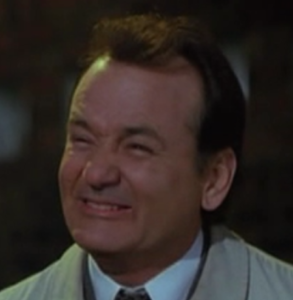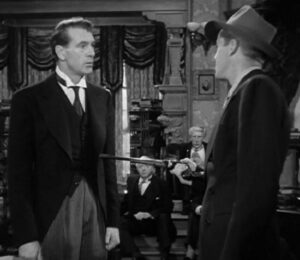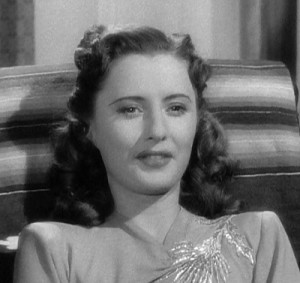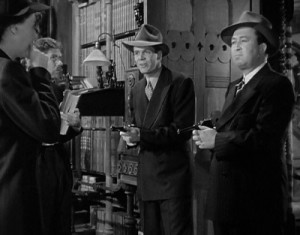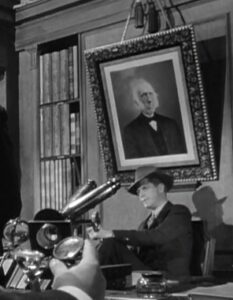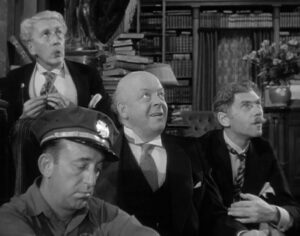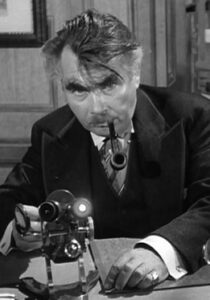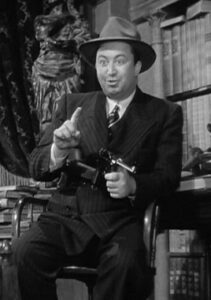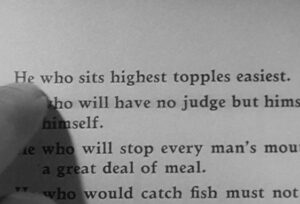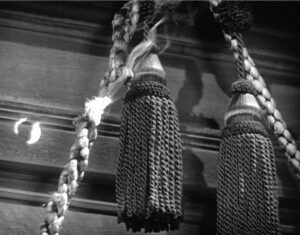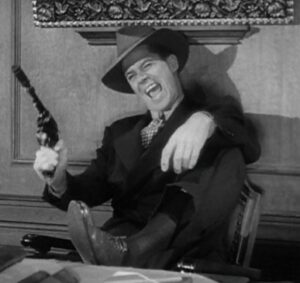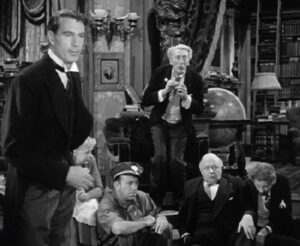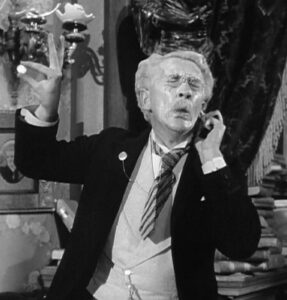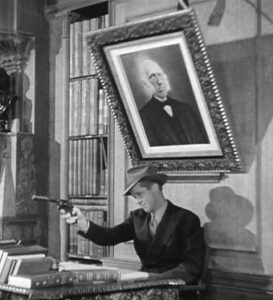This post is part of the second annual Great Villain Blogathon, sponsored by Ruth of Silver Screenings, Karen of Shadows & Satin and Kristina of Speakeasy. Click here to read about other fascinating villains!
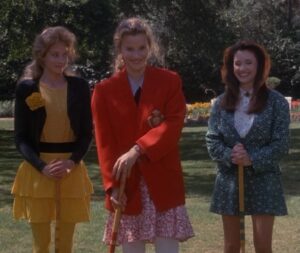
The Three Heathers: McNamara, Chandler (queen), and Duke
Before there were Mean Girls, there were Heathers, the heroines of the late-80s teen flick. If you haven’t seen it since high school, watch it again immediately on Netflix. It’s so much funnier than you remember, one of the sharpest satires about group behavior you will ever see. Mean Girls (2004), entertaining though it may be, is just a pale copy of it.
There are multiple villains in this black comedy, but the wicked trio are my favorites, a group of snotty popular girls, all named Heather. One outsider, Veronica (Winona Ryder), is allowed to share their company. She narrates their cruelty (and her own) in angsty teen fashion until J.D., a new crush (Christian Slater), urges her into revenge.
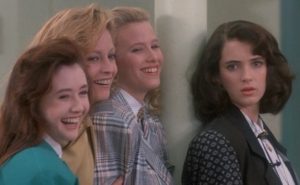
Cliché as this group might be, the Heathers are so extreme in their behavior that they’re mesmerizing, with their lead, Heather Chandler (Kim Walker), the most interesting of the bunch.

To capture her fascination, I’m categorizing the queen Heather’s words, preferences, and actions below.
(Note: Some of the best lines are so profanity laced that I decided not to include them; the line ending in Mother Theresa is a favorite.)
Power Accessory
Heather’s red scrunchie is clearly one of the symbols of her dominance. It’s the first thing we see in the film.

Her School Armor
These shoulder pads speak for themselves:

Lunch-Time Polls & Other Bits of Wisdom
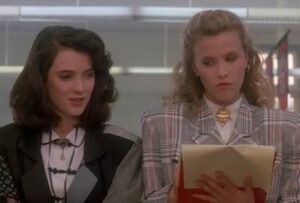
Heather creates a regular poll** for her fellow popular kids. One of Veronica’s pathetic minor rebellions is to insist they seek answers from those Heather considers “the scum of the school” as well, those who in the queen’s estimation won’t help them brush up on their “conversational skills” before a college party.
Representative Poll: “Now check this out. You win five million dollars from Publisher’s Sweepstakes, and the same day that that big Ed guy gives you the check, aliens land on the earth and say they’re going to blow up the world in two days. What do you do?”
I just love the level of importance attached to this idiocy in the movie.
Signature Aphorism: “Real life sucks losers dry.”
Idea of Fun—and Urgency
The two Heather minions (Duke and McNamara) tell Veronica she’s needed right away in the café. When she arrives, their queen huffs, “Veronica, finally…I need you to forge a hot and horny, but realistically low-key note in Kurt’s handwriting and slip it onto Martha Dumptruck’s (Carrie Lynn’s) lunch tray.”
When Veronica protests that she doesn’t have anything against the poor target, Heather responds, “You don’t have anything for her either,” then suggests (with typical color) that this will give the girl fantasy material for when she’s alone. The Heathers’ excitement in anticipating the results of this cruel plot is evident:
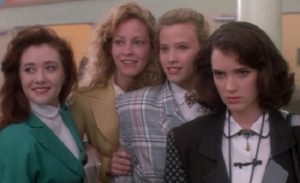
Sense of Furniture
“Veronica needs something to write on. Heather (Duke), bend over.”
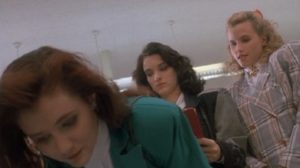
Favorite Game
There’s really nothing like croquet for sociopaths; Heather Chandler has a loving ritual with her ball.

Just after it, she hits Veronica’s head with it in a dream sequence.
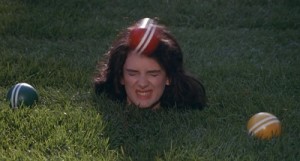
Her real-life game isn’t much more cordial. When her red ball knocks into Heather Duke’s green one, the latter asks, “So what are you going to do, Heather? Take the two shots or send me out?”
“Did you have a brain tumor for breakfast?” the queen snaps. “First, you ask if you can be red, knowing that I’m always red.” She then proceeds to knock the ball out of play.
After Heather Duke miraculously manages to rebound, Heather Chandler gets a chance to ruin her chances again, and does.
“Why?” says Heather Duke.
“Why not?” her frenemy responds.
Self-Reflection
“Does it bother you,” Veronica asks Heather #1, “that everyone thinks you’re a piranha?”
The queen scoffs in response that of course she doesn’t, desired as she is. “I’m worshipped at Westerburg,” she explains, “and I’m only a junior.”
“You wanted to be a member of the most powerful clique in school,” Heather reminds Veronica when the latter protests bullying. “If I wasn’t already the head of it, I’d want the same thing. Come on, Veronica. You used to have a sense of humor.”
Insults & Threats

Her entire demeanor belittles those around her, but Heather Chandler really has some classic lines. Here are a few examples of this sweetheart’s empathy at work:
“Grow up, Heather (Duke),” she says as her friend is puking. “Bulimia is so ’87.”
“You blow it tonight, girl,” Heather warns Veronica before their party at Remington University, “and it’s keggers with kids all next year.”
“What’s your damage?” (when Veronica refuses to sleep with an annoying college guy)

“You were nothing before you met me,” Heather snaps after Veronica embarrasses her by not putting out and getting sick at the university party. “You were playing Barbies with Betty Finn. You were a Bluebird. You were a Brownie. You were a Girl Scout cookie. I got you into a Remington party. What’s my thanks? It’s on the hallway carpet. I got paid in puke…Transfer to Washington. Transfer to Jefferson. No one at Westerburg’s going to let you play their reindeer games.”
“Is this turnout weak or what?” (response to a friend’s funeral in a dream appearance)
Other Heathers’ Honorable Mentions
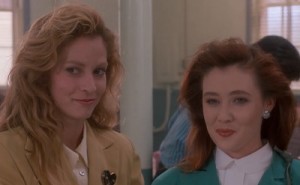
**Spoilers ahead***
The minions have their moments as well. Here’s Heather McNamara (Lisanne Falk), fixing her hair with holy water after her friend’s funeral:
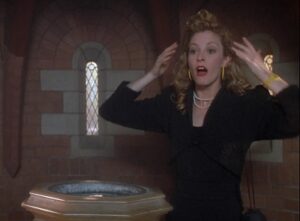
And Heather Duke (Shannen Doherty), celebrating Heather Chandler’s death:
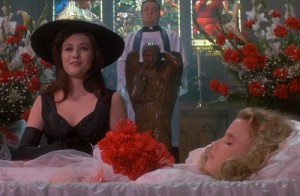
If you’ve seen the movie, you’ll remember that Veronica accidentally kills the queen, which leads to the latter becoming a martyr in the school, more popular than ever. Afterward, J.D. exploits the school’s fever for suicide, killing two football players and passing the deaths off as self-inflicted with Veronica’s unwilling assistance. And that’s just the beginning.
Much of the humor of the story comes from others’ reactions to the bloodshed, including Heather Duke’s. She dons her predecessor’s queenly mantle, even wearing her power scrunchie. Here’s her response after hearing her clique’s bullying victim attempted to kill herself: “I mean, Heather and Kurt were a shock, but Martha Dumptruck? Get crucial. She dialed suicide hotlines in her diapers.”
Why, Veronica asks, must Heather Duke be such a jerk?
The replacement queen smirks, “Because I can be.”
The film suggests with the interchangeability of the Heathers that the death of a clique queen just leads to another who may be worse. As Veronica says of her friend’s newly acquired status, “I’ve cut off Heather Chandler’s head, and Heather Duke’s head is sprouting back in its place….”
In terms of filmmaking, this movie spawned creatures such as Mean Girls’ Regina George, queen of the Plastics. We might no longer call the teens in them “Swatch dogs and Diet Coke heads,” but clique comedies are alive and well in the Heathers’ wake, which will probably be true as long as high schools continue breeding ugly class structures. As J.D. says about geography, but could just as easily apply to time, “Seven schools in seven states, and the only thing different is my locker combination.”
*1988 international release
**Mean Girls gave a nod to the film with a poll of its own. Did you catch it?
